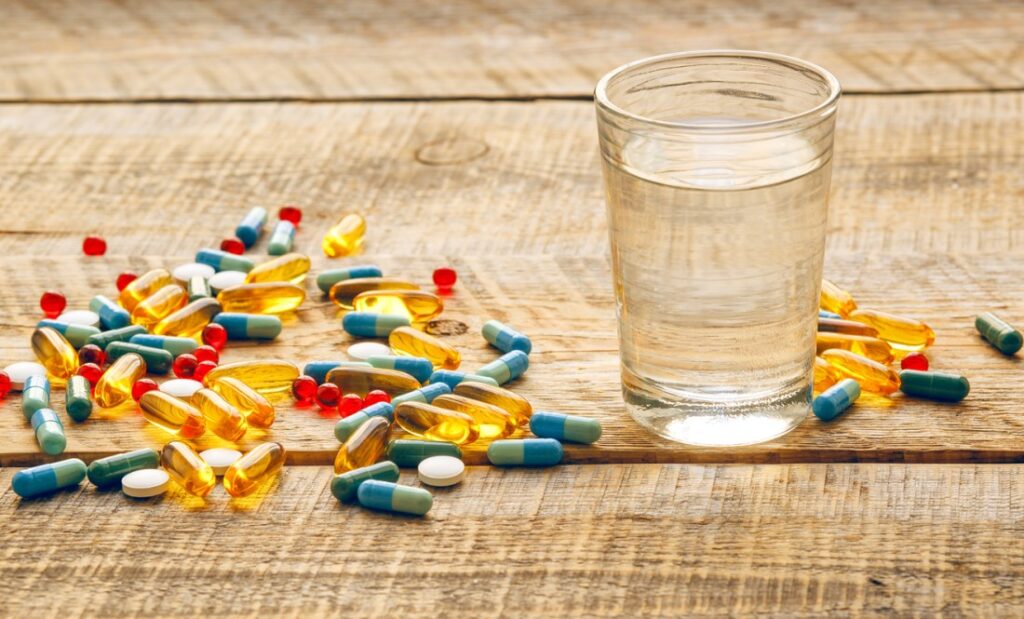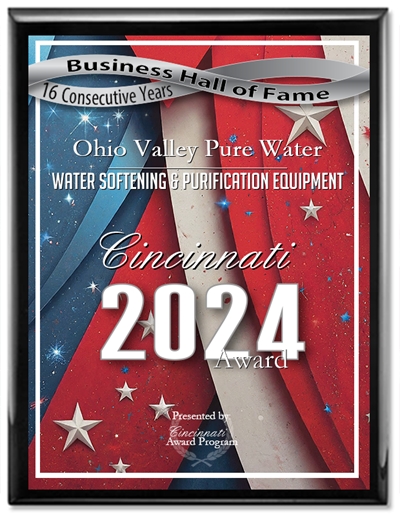News
The Danger of Pharmaceutical Drugs in Your Drinking Water

Drinking water is one of the most important things we need to survive, but have you ever considered where your water comes from and what it contains? The water from your tap at your home or business may be contaminated with pharmaceuticals.
Pharmaceuticals Detected in Drinking Water Throughout the U.S.
You may have heard that pharmaceutical drugs are being detected in drinking water supplies across the U.S. and other countries. Traces of prescription and over-the-counter medications have been found in more than 30 percent of streams sampled by the U.S. Geological Survey (USGS) between 1977 and 2016, including four major rivers: the Potomac, Mississippi, Rio Grande, and Colorado Rivers. Until recently, there was no broad research on this topic because scientists thought drinking water supplies would be fine since contaminants are typically removed during conventional water filtration.
How Do Pharmaceuticals Get into Our Water Supply?
Pharmaceuticals are medications that are made in laboratories and prescribed to patients. They can be taken orally, intravenously, or injected into the body. There are many different types of pharmaceuticals, including antibiotics, mood stabilizers, contraceptives, blood thinners, heart medication, and painkillers. All these drugs have been found in drinking water supplies in the United States.
There are many ways that pharmaceutical drugs can end up being part of the drinking water supply. One way is through people flushing their unused pills down their toilets and sinks, which mixes with the water supply. Another way is through human activity, such as going to the bathroom, which transfers small traces of drugs into the water supply. Finally, manufacturers are a massive contributor to pharmaceuticals getting into our drinking water because they frequently dump them directly into natural bodies of water during manufacturing processes.
Do Pharmaceuticals in Drinking Water Pose a Health Risk?
Pharmaceuticals in drinking water can potentially have various short-term and long-term health effects. In the short term, pharmaceuticals can cause an allergic reaction or irritation of your skin or eyes. Longer-term exposure to even low levels of certain drugs may lead to more severe problems, such as kidney damage or cancer, from prolonged exposure to chemicals like arsenic and mercury in many medications. In addition, some medicines are endocrine disruptors—which means they interfere with your body’s hormones and can affect development during childhood—and these effects could be passed on through the placenta during pregnancy or through breast milk after birth.
How to Remove Pharmaceuticals from Drinking Water?
If you’re worried about pharmaceuticals and other contaminants in your drinking water, don’t stress! There are simple solutions to keeping your water clean and safe. A reverse osmosis system is the best way to eliminate pharmaceuticals from your drinking water. Reverse osmosis systems are cost-effective and environmentally friendly, so they’re the perfect solution for protecting you and your family’s health.
How Does A Reverse Osmosis System Work?
Reverse Osmosis Installation for the Greater Cincinnati Area
Pharmaceutical drugs are making their way into our drinking water, and many don’t even realize it. Unlike other filtration techniques, reverse osmosis eliminates 99.9% of sediments, pharmaceuticals, and contaminants. Ohio Valley Pure Water is ready to help you find the right filtration system for your home or business. If you’re concerned about what pharmaceutical drugs are in your tap water—or feel like you need an extra layer of protection against contaminants like lead or mercury—you should invest in a reverse osmosis system for your home. Contact our water filtration technicians at (513) 231-5531 to learn more about our reverse osmosis systems



